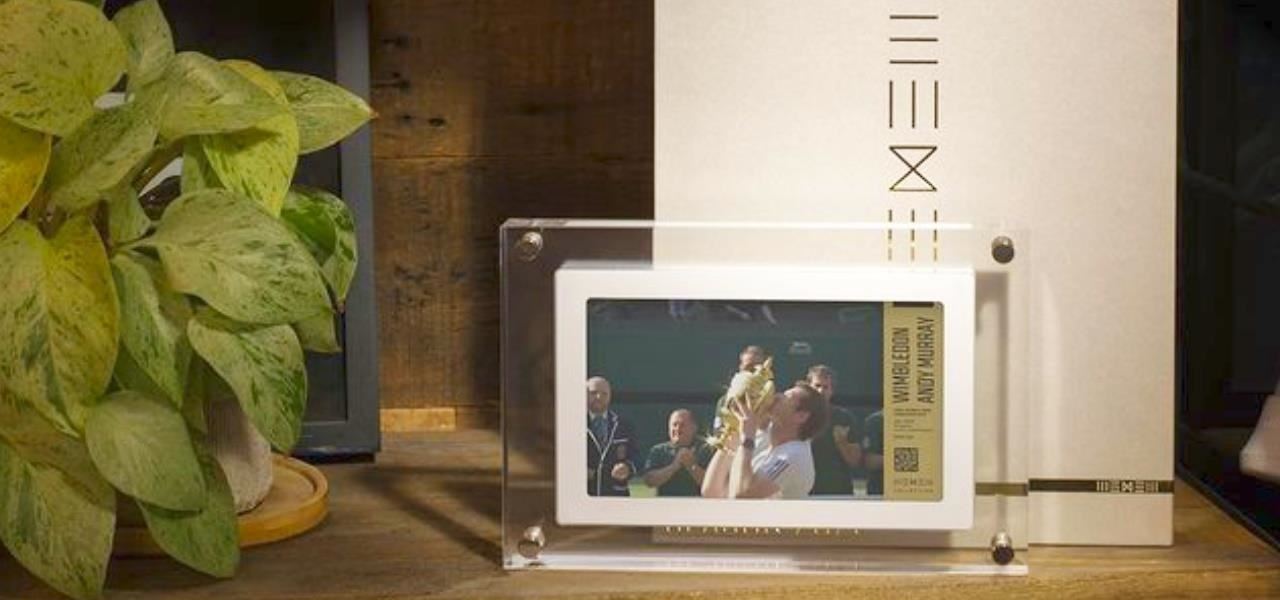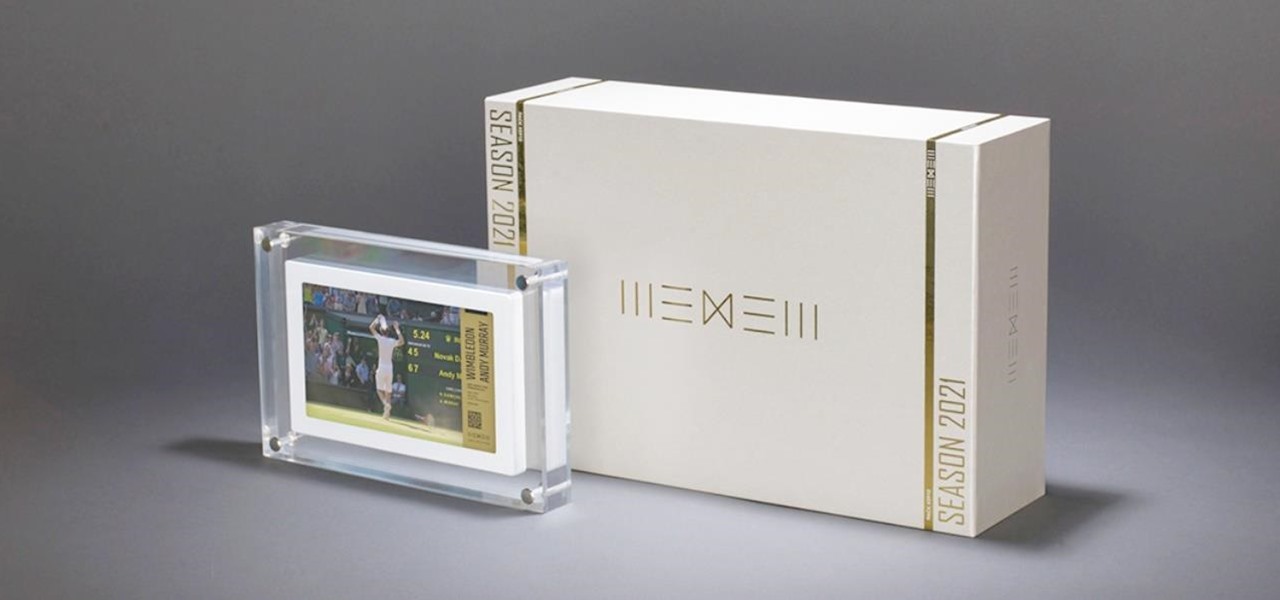Digital artist Beeple's $69 million NFT art auction at Christie's has a second act called Wenew, and includes attempting to open the digital art floodgates to mainstream collectors and artists alike by using physical goods.
Wenew is unique in that it is the first NFT platform to offer a physical artifact with every auction in the form of a museum-quality display containing either an image or looping video of the NFT. But beyond the blockchain technology story, this could also serve as the perfect platform to mainstream the new technology of holographic displays.
• Don't Miss: This Virtual Home Sold for $500K as an NFT, Now the Artist Wants to Move It into Augmented Reality
The company was created by Beeple (aka Mike Winkelmann), Pitchfork founder/Editor-in-Chief Ryan Schreiber, and Hollywood veteran Michael Figge. The platform uses the Ethereum blockchain to auction NFTs that include "editorial experiences" such as meeting the creator or the person associated with the NFT.
And while the physical displays being offered by Wenew are (for now) limited to video and photo imagery, it's not difficult to imagine a company like Looking Glass pairing up with the venture to offer 3D versions of the NFTs as one of the default offerings.

A tangible example of such a dynamic occurred back in March when music artist Reggie Watts teamed with Looking Glass to offer a holographic video in conjunction with the auction of an NFT called "The NonCompliance of Being."
"NFTs represent a new paradigm, not just in how people can invest their money but in how we conceive of our shared experience and how we celebrate remarkable achievements," said Beeple in a statement touting the launch of his new venture. "They give people a way to meaningfully engage with the memories and moments that matter to them — maybe even inspired them or shaped who they are in some way. Wenew exists to facilitate and make concrete these once-abstract connections."
Currently, NFT creators who are not associated with Wenew can easily sell their own physical video frame versions of their work through new companies like Infinite Objects, Qonos, and Canvia. But to truly experience the sense of awe inspired by some of the very best NFTs, a holographic display like the Looking Glass Portrait display would likely deliver the impact collectors really want from a physical representation of a digital piece of art.

The NFT (non-fungible tokens) collectibles market has served as an advertisement for the value of blockchain technology, but some skeptics have questioned how much real resale value art that has no physical component can retain over time. Wenew is an effort to address the mainstream market of collectors who need a physical item to represent their ownership of digital artwork or a moment in time.
The first NFT auctioned by Wenew is the moment that Andy Murray defeated Novak Djokovic at Wimbledon in 2013. That NFT fetched a whopping $177,777 on Monday, so the market to expand how we display NFTs isn't about to slow down anytime soon.
Just updated your iPhone? You'll find new features for Podcasts, News, Books, and TV, as well as important security improvements and fresh wallpapers. Find out what's new and changed on your iPhone with the iOS 17.5 update.






















Be the First to Comment
Share Your Thoughts